Catherine the Great was a woman of contradictions. She was a great leader during a time when women were not allowed to rule. However, she held a couple of misconceptions about her sexual history. She was called “the Great” because she led Russia to victory in numerous wars. In addition, she had the longest reign as Empress, which lasted 34 years.
She brought Russia to civilization during her reign through her endless list of achievements. She expanded Russian borders far and wide, was strict on vaccination, and headed the reformation of the administrative and judicial departments.
In addition, her empire founded the country’s first female school, held a wide variety of art collections which was the foundation that made one of the best museums in the world, and implemented ideas from great philosophers such as Dennis Diderot and Voltaire. Finally, she inspired operas and children’s story books. This penniless Prussian princess rose to be the greatest leader in the world through a crown she had no claim over.
Hulu’s new show “The Great’ takes its cues from the little-known origins of Catherine’s rule. Adapted from his play of the same name written in 2008, the 10-episode miniseries is the creation of screenwriter Tony McNamara. Much like his previous movie, “The Favourite,” which reimagines the life of Britain‘s Queen Anne as a raunchy period comedy, “The Great” brings out a drama the modern audience will enjoy.
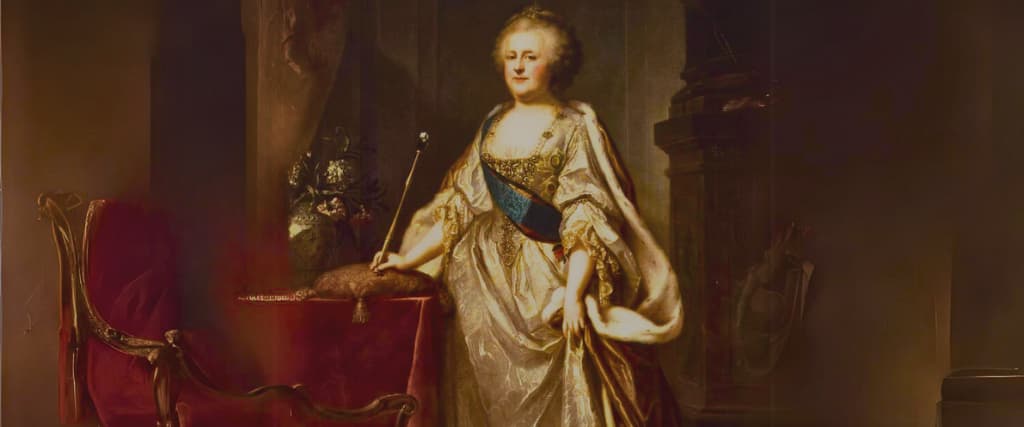
During an interview with the Sydney Morning, McNamara explains why the title card reads ‘an occasionally true story.’ He says, “And yet it was important to me that there were tent poles of things that were true,… her being a kid who didn’t speak the language, marrying the wrong man and responding to that by deciding to change the country.”
Unlike HBO’s miniseries, “Catherine the Great,” “The Great” features one of the greatest artists in the industry, such as Elle Fanning acting as the empress and Nicholas Hoult as the unfortunate husband, Peter III.
The other significant difference between these two phenomenal series is the difference in events in the life of Catherine II. “The Great” focuses on the 1762 coup and the events that led after, while “Catherine the Great” traced her reign from 1764 to her last hour. Here are a few things you need to learn about Catherine the Great before you venture out into watching the fiction part of the story through these classic movies.
How Did Catherine The Great Rise To Power?
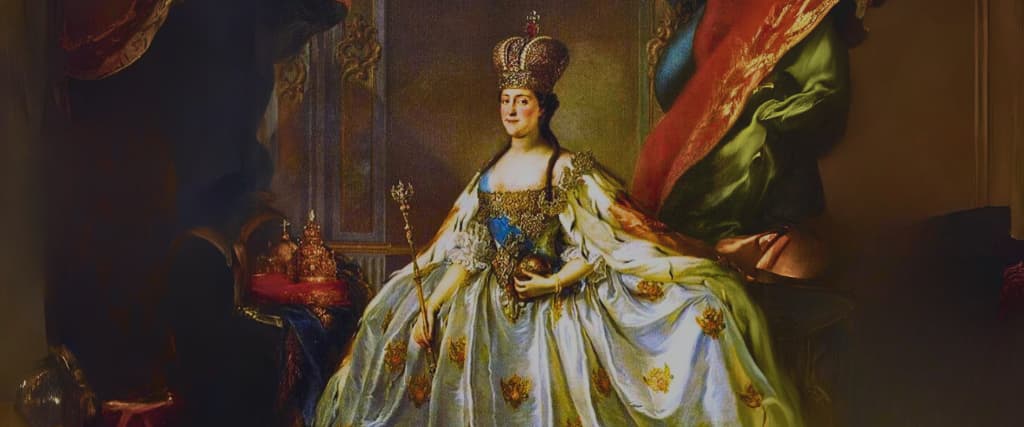
Catherine II was an absolute monarch, ruling Russia until 1796 when she died at 67. She was a woman of great ambition and wanted to rule all of Europe. Though this was impossible, seeing that she came from a penniless background. This fact didn’t stop her as she later married Peter III, who, despite not being smart and also a bit crazy, was the future heir of Russia. He was killed in a conspiracy led by Orlov, and then Catherine became Empress. She ruled Russia for almost 30 years and gained a lot of controversial stories. But she was also a great ruler and made Russia strong again.
Peter and Catherine were an unlikely pair. He was a young man with no formal education, while she was a highly educated woman who had spent her life studying art history. Their relationship was famously tumultuous, with frequent arguments and infidelity. Catherine had an interesting sex life, and her affair with different lovers was widely rumored.
Thus differences in intelligence and character led both to look for affection outside their marriage. Doubts were raised on the paternity of Paul I, their sin, and their future. Later on, Catherine confirmed the rumors and mentioned in her memoirs that the real father of her son Paul was one of her lovers named Sergei Saltykov.
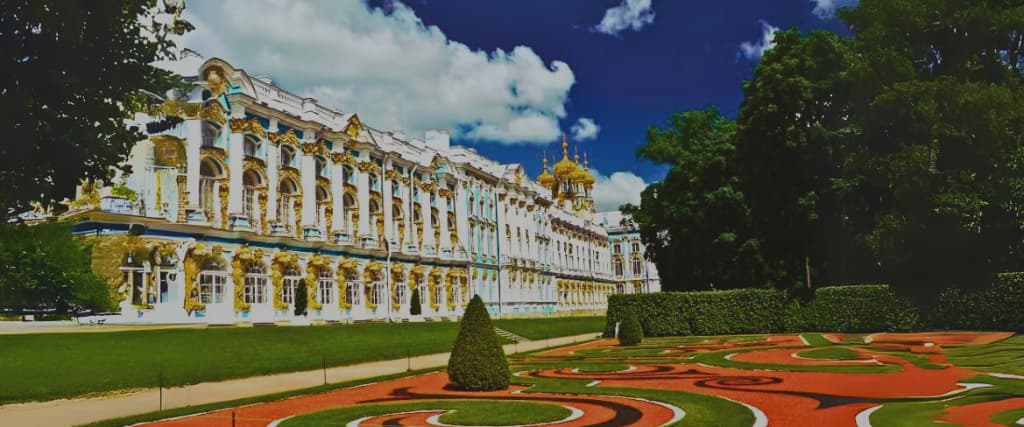
Catherine had plenty of time to read and study from all the time she had from her loveless marriage. She also had access to books and materials because she lived in a palace. She was driven by the idea that she could do better than her husband, so she trained herself and became better in Russian, as told by biographer Virginia Rounding in one of her interviews with Time’s Olivia B. Waxman.
Peter was not only a poor husband but also a threat to the very existence of his wife. This mainly happened after her ascension to the Russian throne in January 1762 after the death of his aunt Elizabeth.
Catherine the Great knew what she had signed herself in. During their marriage, she watched keenly as Peter would distance himself from judicial proceedings. In one of her memoirs, she claimed that she saved Russia from a great disaster that would have fallen on them from the level of insanity Peter had.
Peter also has Prussian background like his wife. Thus, he ensured that Russia would not attack Prussia as was the original plan that would have led to a huge benefit for the empire. Instead, Peter pursued the military campaign in Denmark, which held minimal to Russia. In addition to his list of failures, he repudiated his wife in favor of his mistress, and he grabbed church lands under the secularisation guise.
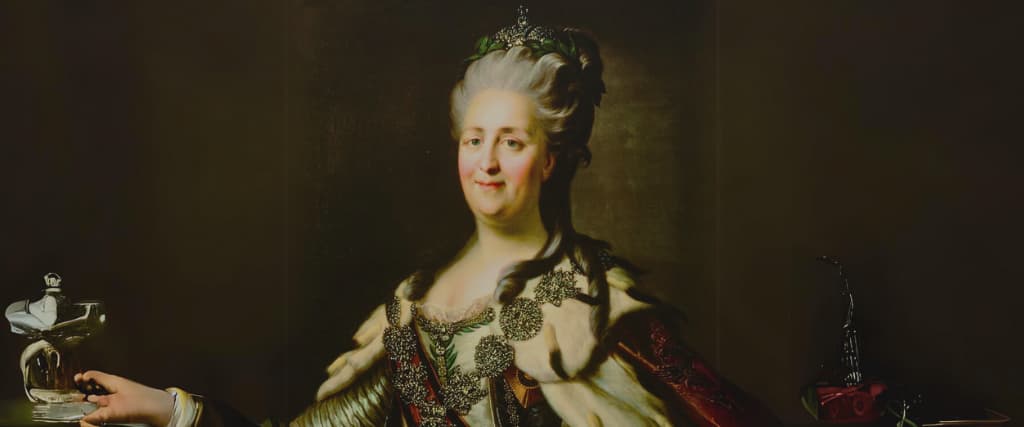
Catherine’s coup on July 9, 1762, was not an isolated event. A large number of people supported her. They arrived at the Winter Palace, where Catherine II, empress and sole ruler of Russia, made her debut. Her supporters were motivated by a desire to restore the monarchy and end the personal rule of the Tsars.
During this time, Peter was on holiday in St.Petersburg, oblivious of her wife’s actions. That morning of the coup, Peter was arrested by two of Orlov’s brothers. He was then forced to sign a statement of abdication. A week and a few days later, Peter was found dead under questionable circumstances. The death was labeled as murder out of an accident from reckless drinking. It was death was later advertised as hemorrhoidal colic. This absurd diagnosis later became a famous way of assassination adopted worldwide.
Although no evidence pointed out Catherine as the murderer, many historians highlighted how the death of Peter III greatly benefited her. She claimed the throne on behalf of the heir, their son Paul till he came of age (she had no intention of giving her son the throne as she ruled till her death). With her husband’s death, she gained power from a strong position. However, she knew that the death of her husband would stain her legacy, but at least she accompanied that legacy with a long list of prosperity.
Catherine’s Accomplishments and Failures
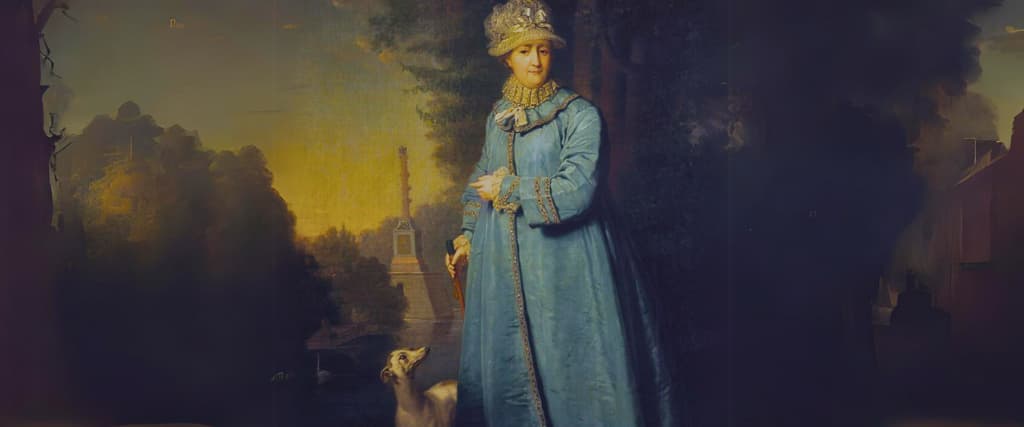
Great achievements marked Catherine’s reign. She expanded Russia’s territory, increased its population, and strengthened its economy. Her reforms were often unpopular, but she was determined to modernize Russia. She abolished serfdom, introduced freedom of religion, and gave women equal rights.
In addition, she established a system of public education, built roads and bridges, and encouraged trade. Finally, Catherine founded several universities and hospitals. She promoted science and literature, supported artists like Pushkin and Gogol, and was a patron of the arts and sciences, and many of her works remain today.
A couple of years into her reign, Catherine started a legal endeavor called Nakaz. Also known as the instruction, they were a set of visions of the empress of a better and improved Russian nation with its heading issue being getting rid of serfdom. Her administration’s tolerance level would rise immensely if every proposed legal code were established. However, none came to pass as they remained ideas and suggestions.
Russia never formally adopted the Nakaz, but it did become the basis for Russian law. The document also helped establish Catherine’s reputation as an enlightened European monarch. However, she waged numerous wars during her reign, tarnishing her image.
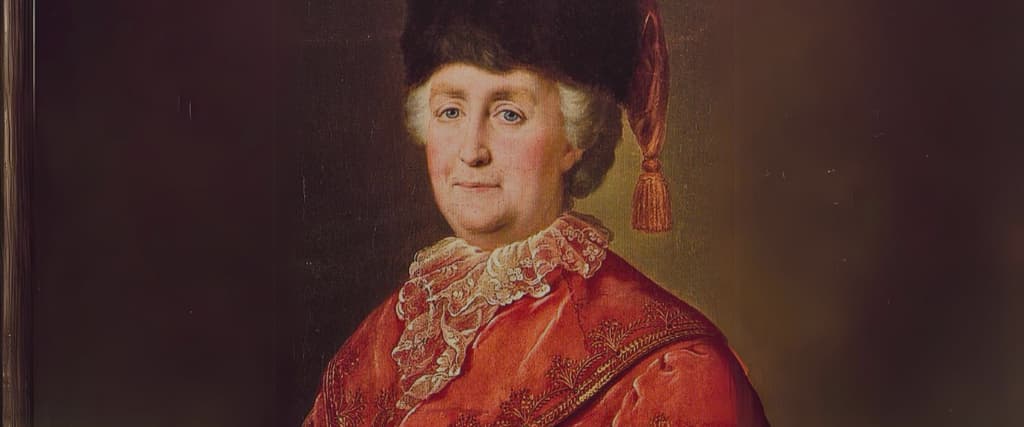
Hartley, a writer for History Extra, describes Catherine’s Russia as an aggressive nation that always looked at expanding her already vast nation through intruding countries like Ottomans, Poland, Sweden, Lithuania, and Crimea. Catherine managed to create a powerful monarch, but interns of humanity cost the welfare of the conquered nations.
In 1773, a Russian army officer named Yemelya Pugachev led an uprising against the government. He united Cossack tribes, peasant rebels, and other discontented groups and malcontents. His revolt spread across the countryside and lasted for several years. Catherine managed to end the uprising, but the damage caused needed much attention to be repaired. After the officer’s defeat, he was executed.
Her main base of support was noble society, and she knew that they wouldn’t like the idea of serfs becoming free citizens. Even though the practice of feudalism was going against her philosophy, she had to do what was necessary for the financial growth of her administration.
History characterized Catherine as a hypocritical despot for failing to end feudalism. However, to even attempting to end feudalism was a far-fetched reform that she still tried to attain. This earned her the crown as empress and the title “The Great.”
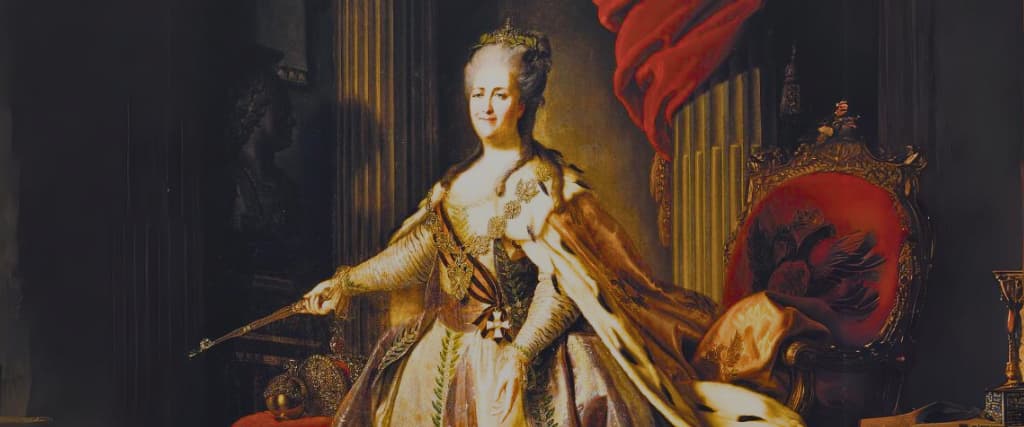
Serfdoms were abolished in Russia in 1861, but the practice continued, and serfs were still treated like slaves in most parts of Europe and some parts of Russia until the early twentieth century. Serfs were still bound to their land and could not leave without permission. The landowners controlled their lives, and they couldn’t own property or move freely. Many serfs were forced to work for free, and many others worked for very low wages.
Catherine II inherited an empire ravaged by war and economic collapse. She also inherited a large collection of artworks looted from churches during the previous century. Catherine began collecting art immediately upon becoming Empress, purchasing works from great artists. She amassed a huge collection of paintings, sculptures, tapestries, porcelain, furniture, and decorative arts. Over time, she built the foundation of the Hermitage Museum, which grew to become one of the world’s largest collections of European art.
Further, Catherine introduced various cultural projects, which included a shiny bronze monument of her late husband, replicas of Raphael’s Vatican City loggias, Russia’s first state library, and classic buildings all over St.Petersburg.
The empress was quite a multitasker, from running great wars with great monarchies such as the Ottoman Empire, Poland, and Crimea to creating art for her palaces. She played a direct role in most of her proceedings.
What Are The Facts And Misconceptions Of Catherine The Great?
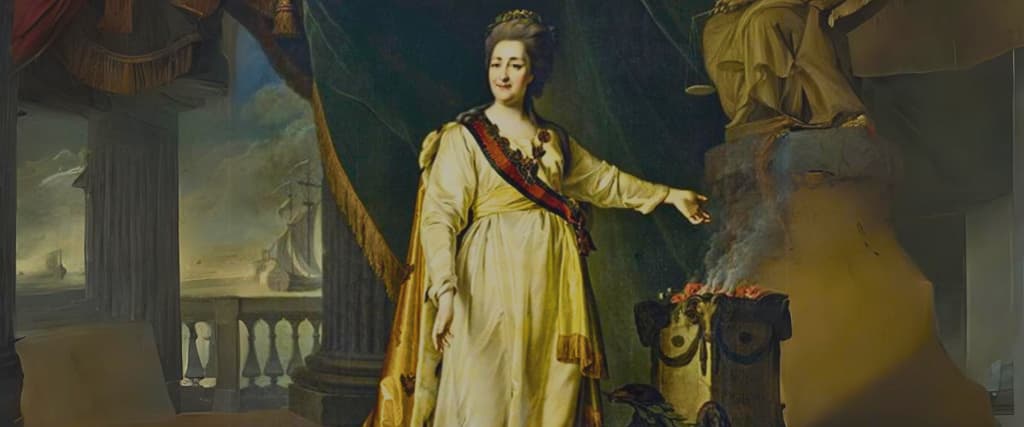
According to history and the public, one of the reasons her stories are told is how Catherine II had many lovers, 12 to be exact. She loved to play cards and discuss art and literature. Her favorite pastime was reading books. She also liked to paint and draw and, at times, write poetry. In a nutshell, she was an intellectual woman whose history proves her achievements despite the many controversial stories that distracted her from giving up the crown.
Catherine had many loves during her lifetime, including Grigory Potemkin, who she met during the 1762 coup. She fell madly in love with him, and they became lovers in 1772. He was a great admirer of Catherine’s intellect, and they spent time together discussing philosophy, history, art, literature, and politics. Their relationship was very intense, and they often fought about his jealousy. After the death of her husband, Peter III, Catherine took Grigory Orlov as her lover, and their relationship technically lasted longer than Potemkin. Together, they overthrew the Russian throne and established a powerful monarch.
Although the couple’s love faded after two years, they exchanged heartfelt love letters that expressed the deep nature of their relationship. After separation, they remained on good terms; Potemkin gained a huge positive political influence. According to observers, Potemkin’s death in 1791 affected the empress, who spent many days mourning in despair.
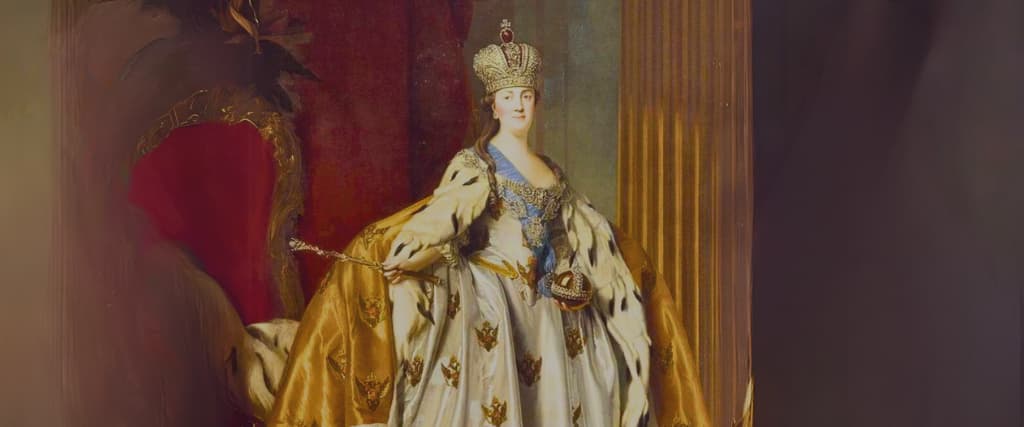
Catherine had many affairs throughout her life. She was always looking for romance, and her sexual appetite was insatiable. Her lovers included young and old, royalty and peasants. She never married, but she did have children. These facts attracted a lot of critics who were quick to judge her, unlike other emperors who did the same without necessarily attracting the critics their way. Her later years saw her always chasing after intimacy and romance.
Catherine was a bit reserved. She didn’t like nudity or off-color jokes. She enjoyed mythological themes and symbolic themes. Most historians tend to juggle between her true personality and other made-up aspects.
The empress would hold interesting banquets that would live guests craving for more and rumor mongers talking about it till the next banquet. Although many labeled her superficial and flighty, she would describe herself as a genuine bluestocking. She would wake up early in the morning, around 5 am, to start up on her projects and make herself a pot of coffee without disturbing her servants.

In 1796, Catherine II became ill after a stroke that led to her staying in a coma. Her health deteriorated rapidly. She died two days later at age 67 on November 16, 17796. Her son, Paul, succeeded her as Emperor.
Her story inspired great movie makers like McNamara, whose movie “The Great” was a life story of the empress and all her achievements and failures.
She balanced life of self-deprecation and wit in front of others and a personal life craving for romance behind closed doors. She tried ruthlessly to lead Russia to become a great European country.
Catherine II was not always considered a villain. She had been a hero during the Seven Years’ War and was admired for her courage. But after she became empress, her reputation began to deteriorate. Many Russians considered her cruel and tyrannical, and the peasants’ uprising in Pugachev’s rebellion gave credence to those claims. However, the true story of Pugachev’s revolt is far more complicated. He claimed to be the murdered royalty, Peter III, and hence the right heir of the monarchy.
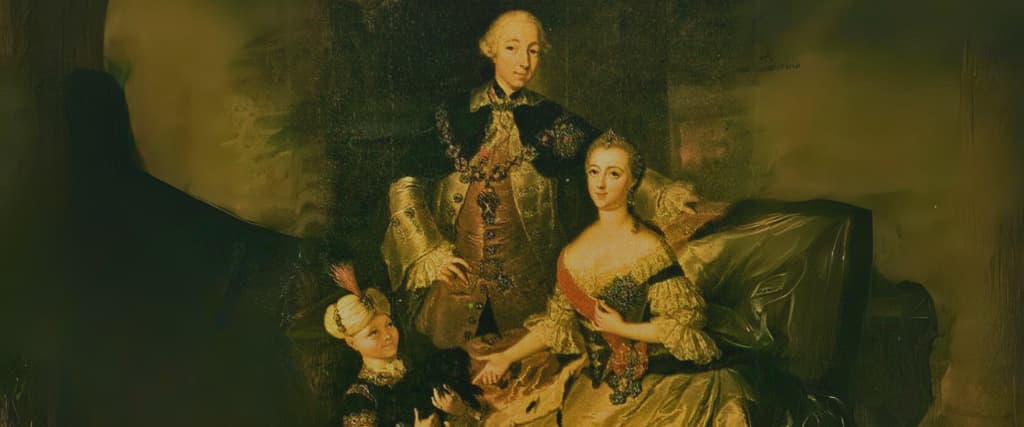
One of the most enduring myths about Catherine II is that she died while engaged in a sex act with a horse. Her enemies spread this rumor because of the Empress’ reputation for promiscuity. Catherine’s sexual appetite was well documented during her lifetime, and after her death, stories circulated that she’d died while performing fellatio with a stallion. These rumors persisted until the end of the 19th century, when they were finally debunked.
It’s sad how many people decided to retell her story by reducing her to a sex addict who would involve herself in different types of sex, including bestiality. Despite her dark side and humble background, she holds a lot of achievements in her drawer, all worth applauding for and spreading worldwide.
